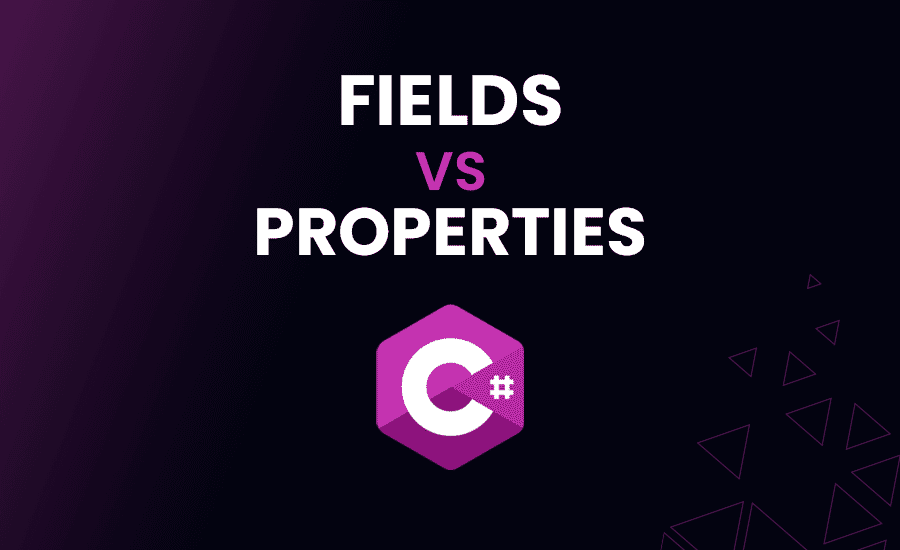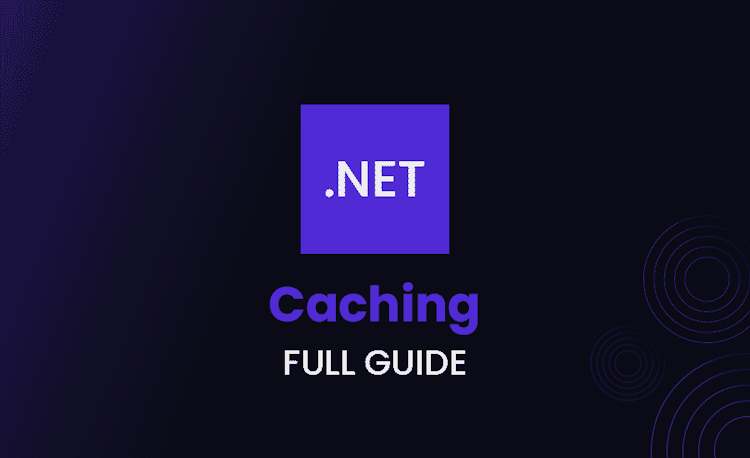Fields vs Properties in C# OOP — Which one should you use?

Understanging “Fields”
In the object-oriented programming (OOP) approach of C#, a field is a class or struct level variable that holds data specific to an instance (object). It forms the identity of an instance, named as instance fields.
Try and keep your variables private (common practice to have an underscore as prefix) to prevent external access and only expose via properties or methods.
Do you keep your treasure box locked and hidden? That’s what private variables are like. They are “hidden” within a class, typically prefixed with an underscore for easy recognition. Luckily, we do not have to break into this box as we have special keys – properties or methods – that allow careful access to them.
Creating fields in a class would be like this:
Loading code snippet...
Look at our code snippet, see how the fields are kept private? This ensures we are in total control of how these hidden treasures – _firstName and _jobTitle fields – can be accessed or modified, promoting data integrity and security.
Fields are present not only within the essence of a class, but you can also encounter them in:
- Structs: Picture your toy building blocks – you have to assemble each piece separately, right? Likewise, struct fields are not assigned any value upfront; they have to be initialized individually while crafting a new struct instance.
- Nested classes: Have you ever noticed how Russian dolls fit inside each other? Nested classes are just that. They’re classes snugly wrapped inside another class. But guess what? Those fields you sneak inside these nested classes can only be found and played with within that doll or its parent.
- : Do you love doing puzzles? Partial classes would appeal to you. They’re like puzzles; you piece together a class step-by-step, with files spread across. You don’t have to declare all fields in one piece (file); you sprinkle them across the puzzle pieces (files), eventually melding to form one beautiful class (completed puzzle).
The necessity for a “Field” within a class structure
Fields in your code are like the secret compartments in your diary. You can choose who gets to see (access) what’s inside based on their clearance levels, like private, protected, and public.
Let’s try to modThis makes diary-keeping (coding) more disciplined, easy to manage, and prevents meddling in your affairs, doesn’t it?
Let’s draw this out via a fun snippet:
Loading code snippet...
Did you see how fields helped keep our agent’s identity under wraps, while still aiding in mission’s performance? Cool, right?
So, where does a “Property” fit in all this?
Properties appear as special methods, sporting capabilities of getter and setter methods of fields, though don’t be misled, they perform equally good in both run-time and compile-time.
If fields encapsulate data, properties encapsulate the mechanism to access and modify that data, making interaction with fields a more charming ordeal.
Once a property is invoked, it might appear like magic to you but under the hood, it’s the getter or setter method working its charm woven by our friend here – the compiler.
Let’s us experience this magic with a simple example:
Loading code snippet...
Here, our private field _handle is linked to the Handle property. Convenient, right? But what if we just need a straightforward link, no added frills or checks, something naked or auto-implemented?
Relax, we got you covered:
Loading code snippet...
Voila, we just crafted an auto-implemented property. Behind the scenes, it still creates a private field like before, only that this time it’s unbeknownst to us, hidden, with our Handle property secretly partaking in get & set affairs.
Alright, time to give our past Identity class example – the one that was partying with fields, getters, and setters, a grand makeover using properties:
Loading code snippet...
Do you agree that after the makeover, our Identity class is more readable and maintainable than ever before? Such is the beauty of properties!
Be mindful of:
Ever got soaked in a Stack Overflow error? An inadvertent mistake of setting a Property’s variable same as Property’s name rather than Field’s name can land you there (knowingly or inadvertently).
This can trigger an infinite loop that gobbles up all your system memory, like Pac-Man munching on those marbles.
Let’s take a look at how this could happen with a code snippet:
Loading code snippet...
In the example above, when we set HeroName, instead of assigning this value to a field (like how rules of the universe should have been), it triggers the set section of the property — again and again in a never-ending loop. Consequently, creating a whirlpool and sucking all of memory space into its center.
Always remember to utilize your class fields and properties correctly to avoid such issues.
Remember, the path to data goes through Property’s getter or setter → relevant Field. So name them accordingly for smooth sailing.





